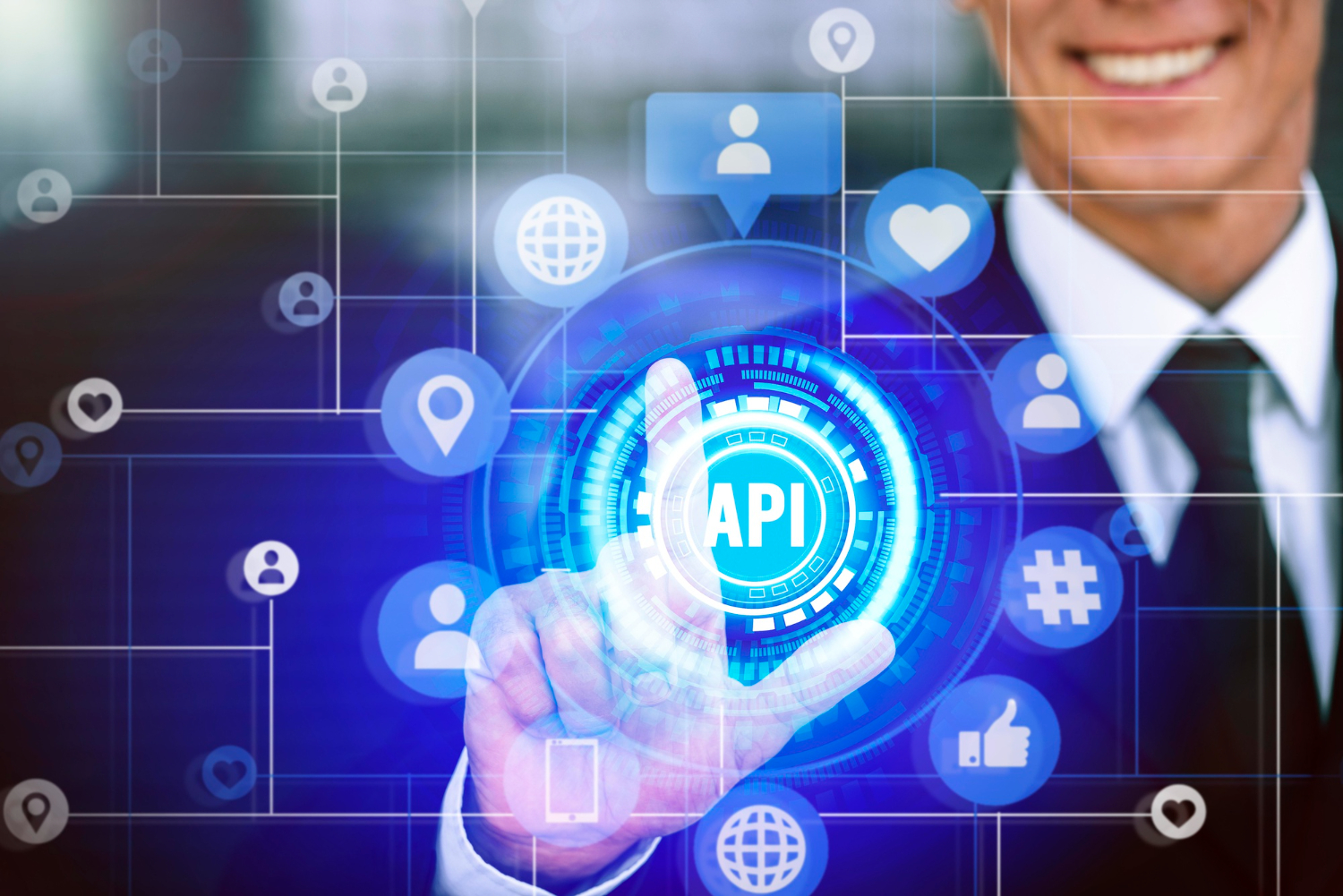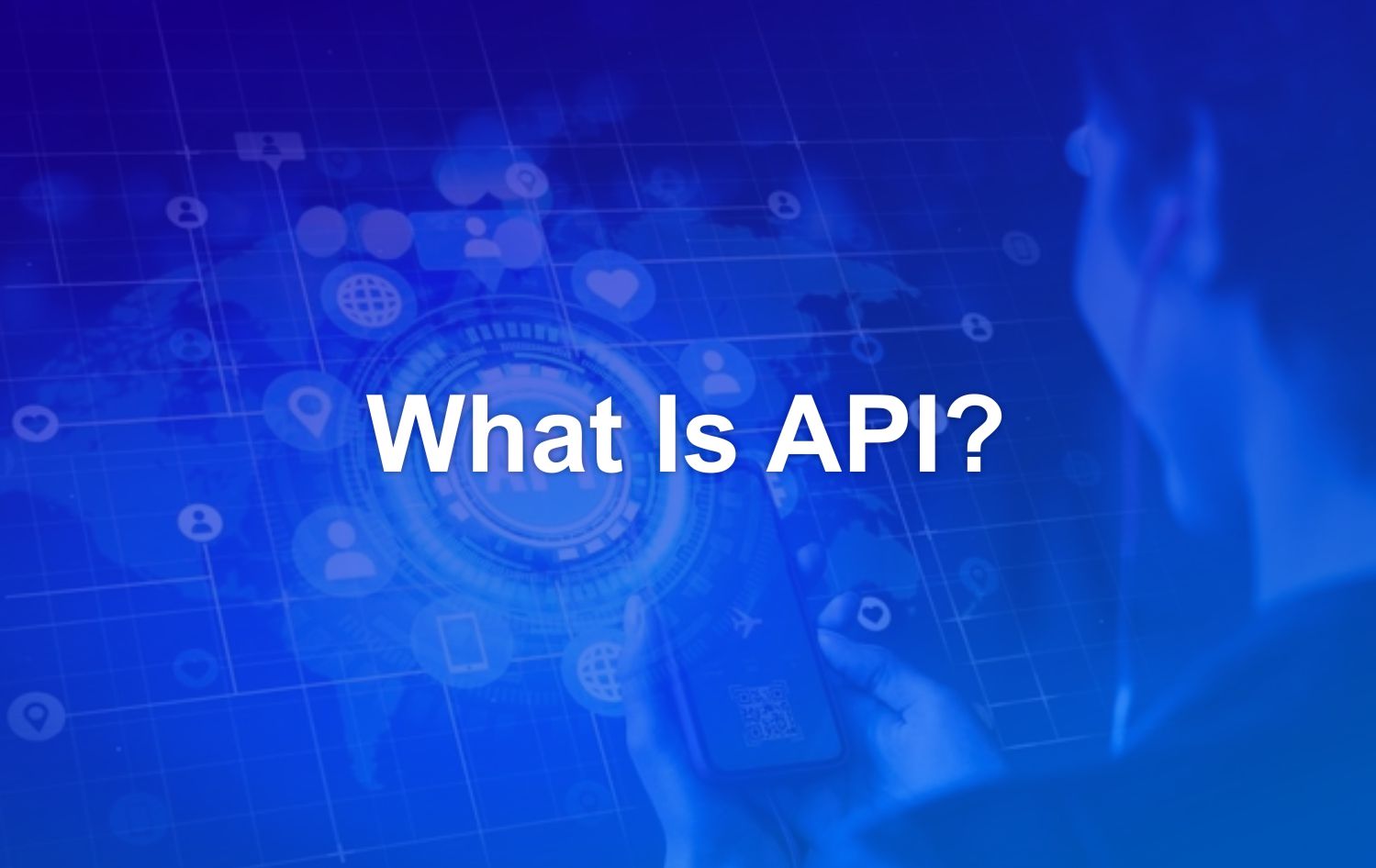What happens if an application can be developed without building every component from scratch? Of course, a developer’s job can be easier and application development more efficient, right? Well, this is the role of the API.
Actually, what is an API and why is it often used by big companies like Google and Facebook?
Well, in this article, we will discuss about the API, how it works, and examples. Let’s see more.
What are APIs?

API stands for Application Programming Interface. API itself is an interface that can connect one application with another application.
In other words, the role of the API is as an intermediary between various different applications, both within the same platform or across platforms.
An example that can be used to explain API is a waiter in a restaurant. The waiter’s job is to connect the restaurant guests with the cook.
So, guests simply order food according to the existing menu list and the waiter informs the cook. Later, the waiter will return to the guest with the food that is ready to order.
That is the description of the task of the APIs in application development.
Furthermore, the APIs itself can be used for communication with a variety of different programming languages. This is certainly quite easy for developers. In fact, developers don’t need to provide all the data themselves because they just need to retrieve the data they need from other platforms via the APIs.
Not only that, the API also allows you to develop a website with more complete features. If you use WordPress, you can integrate with various platforms using the APIs. One example is the WordPress REST API.
For example, when you use MailChimp for your email marketing efforts, you need to integrate the MailChimp service in your WordPress with the help of a plugin. Then, you just need to enter the API key needed for the service to run automatically on your website.
API Type
In its use, there are four types of APIs according to their access rights. Anything?
1. Public API
Public APIs are often referred to as Open APIs. As the name implies, Public API is a type of APIs that anyone can use across platforms.
Apart from that, this type of API is the easiest to use. You can simply register or take advantage of it directly in your application. For example, the APIs for Google Maps and the APIs for Indonesian Covid data.
2. Private API
Unlike the public API, the Private API is a type of API that is not open to public use. Usually, this type of API is created for internal purposes in the development of certain applications.
For example, the APIs from the back end is used to access the front end of a website. Or, applications for mobile application development.
3. API partners
API partners can be used for public purposes but only to those who already have permission to use them. As with public APIs, you need to register with an API provider first. Then, use it only in certain apps as per agreement. For example, the Pinterest API.
4. Composite API
Composite API is an API that stores data from various servers or hosting in one place. Of course, it is very time-saving for users. That’s because users can get various types of data in just one access.
API Benefits

Then, what exactly are the benefits of API in website or application development?
1. Make it Easy to Build Functional Applications
By using the APIs, it will be easier to create functional and complex applications. Without the need to add data manually, the developed application will have the features of the destination application.
For example, in the Gojek application. As a transportation service platform, the role of maps is very important. However, Gojek does not need to develop its own map application. With the APIs, the application simply takes data from Google Maps.
The use of this API is enough to help make the Gojek platform bigger. The reason is that it is enough for developers to develop other services because the use of maps as the main element is ensured to run well.
2. Application Development Becomes More Efficient
With the API, you don’t need to communicate directly with other applications you want to connect to. Enough with the communication via the APIs. This is very helpful, especially if you want to build cross-platform applications with multiple services at once.
For example, you build an online ticket booking website for various airlines in the world. With the help of the API, you can simply do the integration for each of these airline services. So, there is no need for manual communication in the form of price updates or the availability of seats.
In addition, you can easily add or remove service integrations as your business grows.
3. Lighten Server Load
By using the API, you don’t need to store all the required data on your own server. Simply request the APIs to get the latest data from the originating application server. With this condition, your server will not be burdened. In the end, it reduces the risk of the website being inaccessible because the server is down.
API Architecture
There are three API architectures that are often used by developers in application development. Well, this architecture relates to the form of data sent. Then, what are the APIs architectures that are often used?
1. RPC
RPC is a technology to make communication between client side and server side possible with a simple concept.
There are two types of RPC, namely XML-RPC and JSON-RPC. As the name implies, XML-RPC uses the XML format as a data transfer medium, while JSON-RPC uses JSON for data transfer.
2. SOAP
Another API architecture is SOAP (Simple Object Access Protocol). This architecture uses XML (Extensible Markup Language) which allows all data to be stored in documents.
3. REST
REST or Representational State Transfer is an API architecture that is quite popular due to its ease of use. No need for long coding to use it.
REST uses JSON as its data form so it’s lighter. The performance of the application also becomes better.
How the APIs Works
Before going into more detailed steps, consider the following illustration of how the APIs works:
1. Application Access API
The first part of how an APIs works is when a user accesses an application. To make the explanation easier, we use the Traveloka example.
When you want to book a flight ticket for a specific destination, Traveloka will access the APIs of the airline that has been linked.
2. API Makes Requests to the Server
Once the application has successfully accessed the APIs address, the request will be forwarded to the airline’s server. So, the APIs will tell you that Traveloka requires flight data for the dates and destinations that have been mentioned.
3. Server Responds to API
When it finds data that matches the request, the server again contacts the APIs. The data is in the form of information such as seat availability, departure times and others.
4. API Delivering Responses to Applications
Next, the APIs passes information from the server to your application. In this example, Traveloka will get information obtained from the contacted airline.
This process takes place in conjunction with requests to other airlines. Therefore, in one search, Traveloka can display flight schedules from various airlines at once.
API Example
The following are examples of APIs that are popular in use on websites and applications:
1. Qantas APIs
Many airlines provide APIs. One of them, Qantas. This Australian transportation company allows you to book tickets on their official website. However, they also provide APIs for other applications or websites.
The provided API contains data for booking airline tickets for other platforms. For example, the flight departure schedule, the number of seats available, to the ticket price.
One application that uses the APIs is Expedia. When you search for tickets at specific dates and destinations, information from Qantas will appear if they match the criteria.
2. Google Maps API
Google Maps provides an APIs containing data in the form of maps. The feature of Google Maps allows to display the user’s location to the distance from one location to another. In fact, there could be development of other features in the future.
Now, when Gojek, for example, uses the Google Maps API, all of the above features can be used in their application. This will certainly make it easier to get an accurate location that is useful for passengers and drivers. In addition, it will be easier for fare determination based on the distance traveled according to the data received from Maps.
3. Facebook API
Facebook also provides an APIs. As a social media platform, of course, Facebook has user account data, such as posts, payment data, games and others.
In its use, you can display your facebook profile or fanspage on the website. That way, your profile will be better known by visitors.
Already Understand About APIs?
Well, you must have started to understand about the APIs because you have learned quite a lot. Starting from understanding, types, benefits to how it works.
API is a solution to make website development better and easier. We have mentioned various examples of using APIs above. It can certainly be your inspiration when you want to build a website and application well.
Hopefully this article can provide an overview of the APIs. Keep it up and don’t give up!

